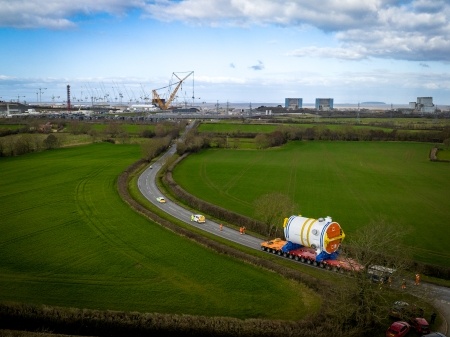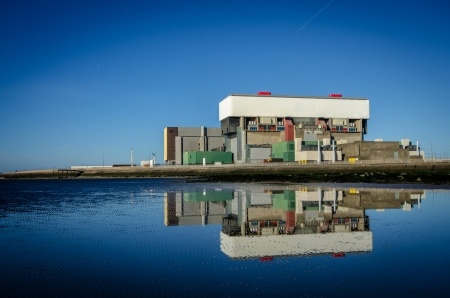
Pond Wall Radiological Depth Profiling in Nuclear Decommissioning
As part of the preparations for moving EDF UK ‘s AGR sites into a state of care & maintenance, the ponds which have been used to store fuel need to be made safe. This means removing the fuel, draining them, and removing a substantial amount of concrete material from the pond walls.
This waste is part of 61,000Te of UK concrete based Intermediate Level Waste (ILW) that will need to be managed at a cost of £180M. The exploitation of innovative technologies to help reduce this decommissioning cost liability will play a vital role in the planning towards care & maintenance.
Currently, a process known as scabbling is used to remove concrete from a pond wall. This process is hazardous, time consuming and expensive. The depth of contaminated material that is required for removal from the pond wall is around 50mm for safe decommissioning. This is based upon OPEX (Operating Experience) gathered from Magnox. However, this strategy is not yet underpinned by direct EDF UK data as radiological depth profiling is destructive, requiring multiple core samples to be drilled out of the pond wall.
The Nuclear decommissioning R&D programme are currently challenging these baseline assumptions and are working with several supply chain partners to trial several novel technologies at Dungeness station over the next few months. These novel technologies will enable the team to take data on the depth of contamination non-destructively and use this to develop a new data-driven approach for the radiological contamination of the structure.
Success will support decommissioning optimisation by providing evidence that less material requires removal from the pond wall resulting in a 10% target reduction in the UK’s £180M concrete based ILW liability.
Related articles

EDF UK R&D Net Zero Heroes: Ruth

Exciting progress on hydrogen plans for Heysham 2
